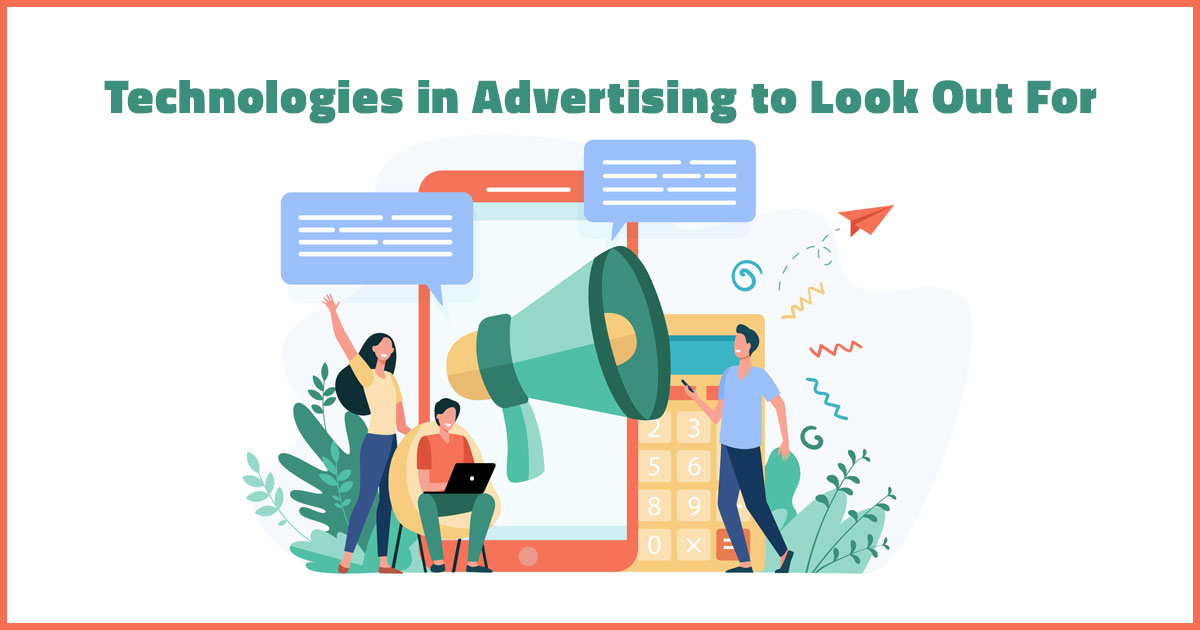Advertising is essential for businesses, whether it is new or existing. Potential buyers must know about the services and products a business has to offer. Without such visibility, it will be hard to push sales and sustain in the market. Whether they are physical brick-and-mortar stores or online eCommerce websites, investing in advertising can help businesses experience an excellent turnaround.
Advertising helps services and products seep more in-depth into the market, reaching the target audience, and thus enabling the brand to run in a highly competitive market. Hence, advertising has always been, is, and will always be an essential aspect for all businesses.
Like all other things, advertising is also evolving through time, whether in approach or the use of technology. Without keeping pace with such trends, it will always be hard for businesses to expand their reach. Ignoring the latest practices would be very unwise and a step that would leave brands wanting visibility in the market.
Large hoardings and flyers were once the hit thing in the advertising business. They still have their place in modern-day advertising. Yet, no business can garner as much publicity through yesterday’s practices without integrating social media advertising and other innovative online methods of today. Below are a few technologies and practices that are some of the imperatives if businesses are looking to provide a more highly interactive experience to their patrons:
Google Lens:
One of the most exciting technologies now available for most Google users is Google Lens. It is a unique way to scan an image with one’s mobile phone camera and use the Lens feature to know more about the object, which often shows the results of similar objects available online for sale.
How it is useful for advertising is that there are simple ways to optimize websites as well as physical surroundings to use to the benefit of a business offering personalized services to the prospects. Branding Imaging is a straightforward way to ensure that logo on a product and signage is much more pronounced than its consistent and precise use, especially in front of a storefront, allowing it to be visible from the street to a passerby. Detailed and accurate metadata and an appropriate number of images on a webpage increase the chances of matching with searches initiated through Google Lens.
Shoppable Posts:
Social media platforms are very well-liked by advertisers since it is one of the promised lands for impulse buyers. Many businesses have found it to be profitable to advertise with Instagram. Experimenting with its way into different technologies and advertising types, Instagram launched a stimulating way to market products that are gaining popularity slowly and gradually amongst online buyers.
The Instagram shoppable posts started as an experiment in the United States, which was later expanded and rolled out into more than 45 countries owing to its increasing popularity. Shoppable posts allow brands to add product tags and information related to the product displaced in the images and link them back to the product’s website, turning the user account itself into a visual store. Users will see a shopping bag icon at the top right corner of such shoppable images indicative of the product being available. Being fashionable is mostly about the timing of following ew styles, and this feature primarily facilitates the drive to be in sync with the fashion at the earliest.
Heatmaps:
Heatmap is an effective way to tell the user journey story over a webpage. Data gets collected regarding which area of the page is clicked most and gets represented by color ranges. This allows analysts to understand by what elements on the page the user was enticed by, which in addition enables them to optimize the website in a better manner.
When it comes to improving the overall experience regarding display advertising, one of the most valuable tools for designers is the Heatmap. Through Banner optimization, marketers get in control of other helpful metrics: the measured rate, which allows accurate documentation and assessment of the click locations on a banner. With transparent metrics and analytics, marketers interpret it in a more error-free manner, thus capable of forming a more efficient website and making actionable advertising much more straightforward.
DCO (Dynamic Creative Optimization):
Different users perceive online advertisements in different manners. Hence, different variations of a single ad must be available so a user can be targeted with an appropriate ad style. Manual rendering of different styles for a particular campaign can be delicate, which is what DCO precisely takes care of.
What DCO does is that it utilize the available data to create all the possible variations for an online advertisement. Each targeted audience group has its sub-groups. These ad variations get exposure against these sub-groups and based on their behavior patterns, the ad is pitched to the other users corresponding to the sub-audience from the tested set. Since this practice is also measurable, marketers can use the associated analytics to assess the campaign’s success and make adjustments accordingly.
Takeaway:
The technologies and practices discussed above target different aspects of front-facing and behind-the-scenes advertising. Some are derived from human behavior, and some are meant to entice the user to commit to an action.
Carrying out each of these steps on its own ensures that the end goal is achieved, which is for the prospect to make a purchase. Consequently, it is most crucial for businesses to implement strategies that are comprehensive and do not target only a single facet of the business.
However, a business must also assess their operation area and what practices and tools are beneficial for them before deciding to implement them. Hence, businesses must get on board and consult with top advertising companies to understand what methods will be helpful for their brand and what strategy and approach must be taken.


